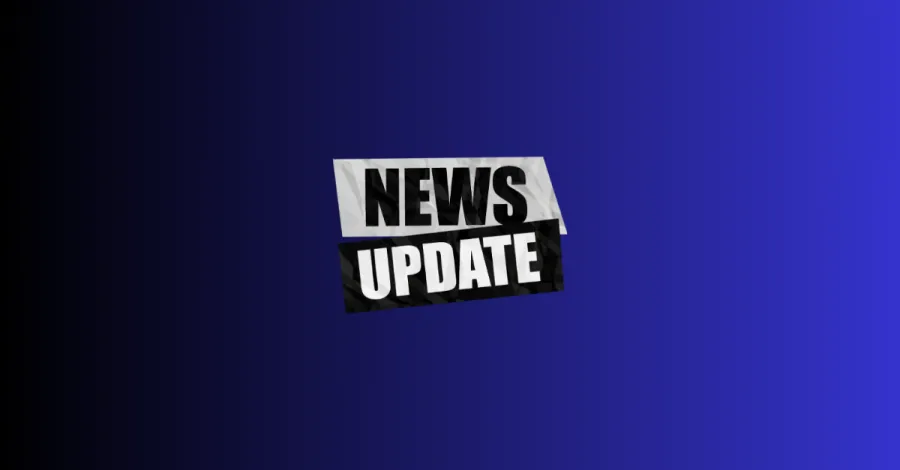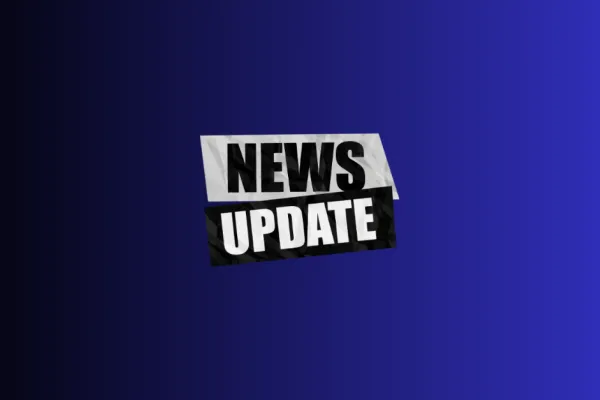An International Look at High-Speed Broadband Growth

Private industry financing of broadband must increase in order to meet the United State's aggressive broadband adoption and deployment goals, according to a new Brookings Institution study.
The report aimed to compare broadband growth and investment opportunities with competing developed countries.
In terms of speed, South Korea has the most ambitious national goal, seeking to raise broadband speeds to 1 gigabyte per second. Australia and Finland are aiming at 100 Mbps - a goal the FCC is likely to finalize for the U.S. in its release of the National Broadband Plan next week.
The FCC has estimated that it will require $350 billion to provide universal broadband coverage in the U.S. The 2009 American Recovery and Reinvestment Act commited $7.2 billion towards this goal, which is the largest public commitment of any developed nation.
By contrast, Japan is spending $3.7 billion to improve its networks, and Finland, only $130 million.
Significant private investment will be required in order to meet long-term goals of improving broadband speed and availability.
Brookings noted that the U.S. should take the following steps to ensure long-term growth:
- Raise the household broadband adoption rate to 90 percent by 2020;
- Aim for 100 Mbps of speed (similar to Australia and Finland) in order to facilitate new advancements in health, education, and other critical technologies;
- Improve data collection on broadband speeds and availability so customers know exactly what speeds they are paying for.
The FCC's National Broadband Plan is expected to contain both a speed and availability mandate in order to provide universal broadband coverage.
The Brookings report is optimistic about the growth of broadband speed and availability in the United States assuming public and private financing predictions are met.
An International Look at High-Speed Broadband (Brookings Institution)
Broadband Brigade members turn out to protect good, union jobs and reliable broadband service
CWA condemns Trump NTIA changes to BEAD funding policies

